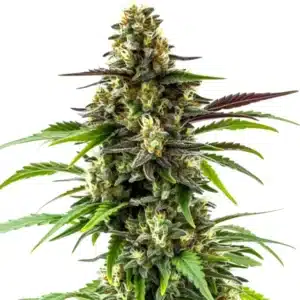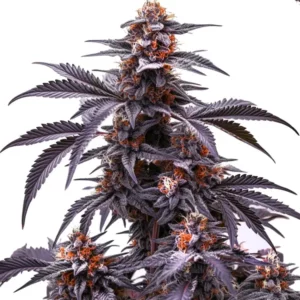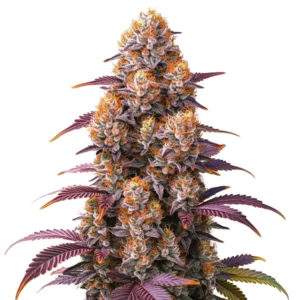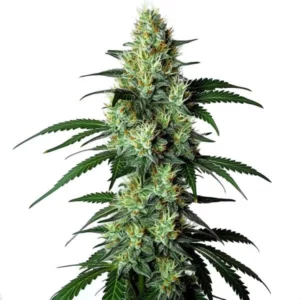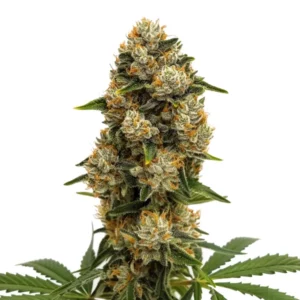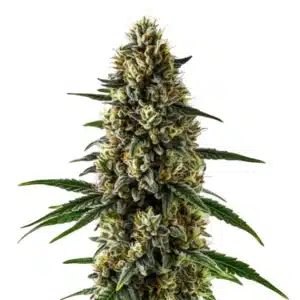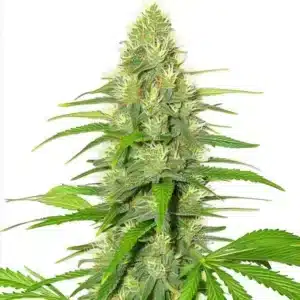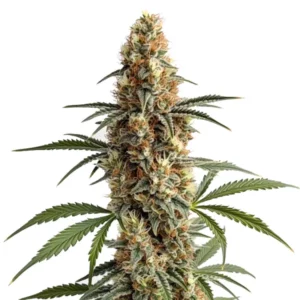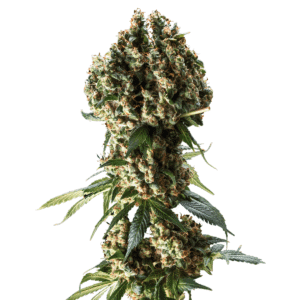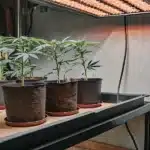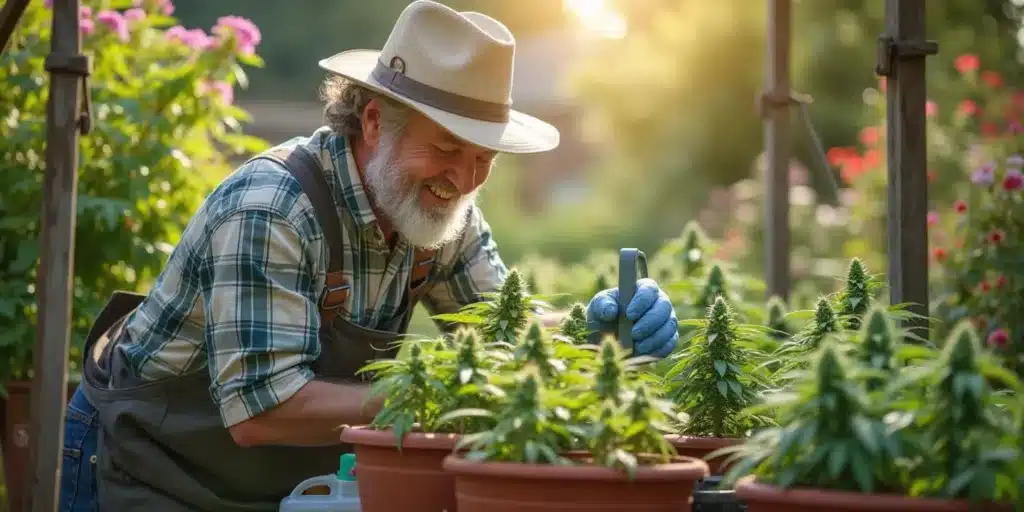
Growing Cannabis in Pots Outdoors
Growing cannabis in pots outdoors offers a flexible and rewarding way for enthusiasts to cultivate their plants. Whether you’re a first-time grower or have some experience, growing weed in pots outdoors allows for greater control over your plants’ environment and can lead to better yields. Not only do pots make it easier to manage light and soil conditions, but they also enable you to showcase your beautiful plants, turning your garden into a vibrant display.
Why Choose Outdoor Pot Growing?
Growing weed in pots outdoors offers one major advantage: the control it provides. Pots are mobile, which means you can place them in an area that receives the right amount of sunlight, has good drainage, and is away from harsh wind. This flexibility is especially helpful if you’re dealing with limited space or if your garden conditions vary. Imagine rearranging your garden layout to optimize light exposure throughout the season!
Recommended Strains
Black Jack
|
|
THC | 15% - 19% (Medium) |
|
|
Type | Feminized |
|
|
Yield | Medium |
|
|
Phenotype | 55% Indica / 45% Sativa |
Black Jack Auto
|
|
THC | 17% - 19% (Medium) |
|
|
Type | Autoflowering |
|
|
Yield | Medium |
|
|
Phenotype | 45% Indica / 55% Sativa |
Growing in pots gives you the ability to choose the soil mix that best suits the needs of your cannabis plants. Quality soil is vital for healthy growth, so having the option to create your own mix can lead you to a more successful harvest. You might even discover your favorite blend, one that helps your plants thrive while also being a fun project to experiment with.
Another important factor is insulation. Pots are going to be exposed to many hours of sun, and if they heat up too much, the roots can get burned this could kill the plant. Plastic pots don’t insulate well and tend to get very hot, especially dark-colored ones. White pots are better, since they reflect light and stay cooler. Even better than plastic are clay or ceramic pots, which offer excellent temperature insulation. Also, consider insulating the pot from the ground itself. Cement or tile floors can get very hot under the sun, transferring heat to the pot and damaging the roots. Many growers place something between the pot and the ground, like wooden blocks or pallets, to lift the pots and prevent direct contact with the hot surface.
Ideal Pot Sizes for Cannabis
Choosing the right pot size is essential for the growth of your cannabis plants. Smaller pots, like 1-3 gallons, are suitable for starting seedlings or small plants. As the plant grows, moving it into larger pots, around 5-7 gallons, allows for ample root development and greater nutrient absorption. Think of it like upgrading from a small apartment to a spacious house, the more room for roots, the better your plant can grow!
If planning to grow larger strains, consider using even bigger pots, such as 10 gallons or more. Larger pots can also help stabilize the plant during windy conditions, preventing it from toppling over. Additionally, the extra soil can retain moisture longer, which is particularly beneficial during dry spells!
Growing weed in pots outdoors requires careful consideration of pot size. You can grow in both large and small pots, but the size of the plant will depend on how much root space it has. The more the roots can grow downward, the more the plant can grow upward. So, the bigger the pot, the better. The more soil the plant has access to, the more it will grow. If you choose small pots, you’ll need to water more frequently and supplement with more nutrients, since the plant will quickly use up what’s available in the limited soil. That’s why larger pots generally make things easier and reduce potential issues during the grow.
Best Soil for Cannabis in Pots
Potting soil specifically designed for cannabis is an excellent choice because it typically contains the right balance of nutrients, aeration, and moisture retention. Look for a mix that contains organic materials like worm castings and compost, as these will provide essential nutrients to your plants. Imagine your plants feasting on a gourmet meal every time you water them!
Be mindful of pH levels in your soil. Cannabis plants thrive in slightly acidic environments with pH levels around 6-7. Regularly testing and adjusting pH can help prevent nutrient deficiencies and ensure healthy plant growth. You can easily do this with a simple pH test kit available at gardening stores, giving you peace of mind as you watch your plants flourish.
Promos & Deals
Selecting the Right Strain
Picking the right cannabis strain should align with your growing conditions, climate, and personal preferences. Here are three popular strains from recognized seed breeders that are well-suited for outdoor pot growing:
- Blue Dream: A hybrid strain celebrated for its balanced effects, making it suitable for both recreational and medicinal users.
- White Widow: Known for its high THC content and dense buds, White Widow is a favorite among growers for its ease of cultivation.
- Jack Herer: This strain offers a clear-headed high that’s ideal for daytime use. It’s also resilient to various growing conditions, making it a reliable choice.
When selecting a strain, consider factors such as your climate and the specific conditions in your garden. Talking with fellow growers or visiting local cultivation stores can also provide insights and recommendations tailored to your situation. Perhaps even try a few different varieties to see which ones thrive best in your environment!
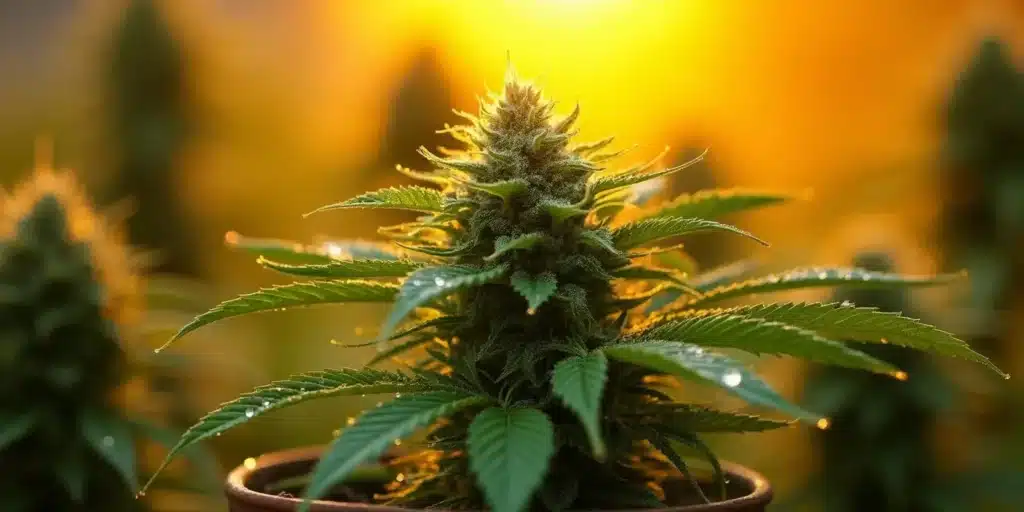
Climate Considerations
The climate where you grow significantly impacts your plants’ health and yield. Cannabis thrives in warm, sunny weather, so regions with plenty of sunlight are ideal. For many growers, growing weed in pots outdoors is a practical solution, as it allows for better control over soil quality and mobility to adjust for sunlight or changing weather conditions. However, some strains are more resilient and can tolerate cooler temperatures or harsher environments. It’s always a good idea to check the USDA planting zone map to see which strains are best suited for your area.
Keep an eye on local weather conditions, and if you’re expecting rain or cold snaps, consider moving your pots to a protected area. Using a tarp or cover can also shield your plants from excessive rain or pests. Picture yourself enjoying the fruits of your labor while keeping your plants safe from unexpected weather changes!
Irrigation and Watering Techniques
Watering your plants properly is key to maintaining their health. While it can be tempting to water daily, cannabis plants typically prefer a deep soak followed by a dry period to promote strong root growth. Check the top inch of the soil; if it feels dry, it’s time to water. Embrace the process of nurturing your plants, and think of each watering session as a moment to bond with your green friends.
Drip irrigation systems can be a real game-changer for outdoor pots. This method saves water and ensures that your plants receive moisture consistently without over-saturating the soil. Plus, it gives you the freedom to set it up and relax while your plants get the hydration they need. It’s like having a personal assistant for your garden!
Irrigation and Watering Techniques
Watering your plants properly is key to maintaining their health. While it can be tempting to water daily, cannabis plants typically prefer a deep soak followed by a dry period to promote strong root growth. Check the top inch of the soil; if it feels dry, it’s time to water. Embrace the process of nurturing your plants, and think of each watering session as a moment to bond with your green friends.
Drip irrigation systems can be a real game-changer for outdoor pots. This method saves water and ensures that your plants receive moisture consistently without over-saturating the soil. Plus, it gives you the freedom to set it up and relax while your plants get the hydration they need. It’s like having a personal assistant for your garden!
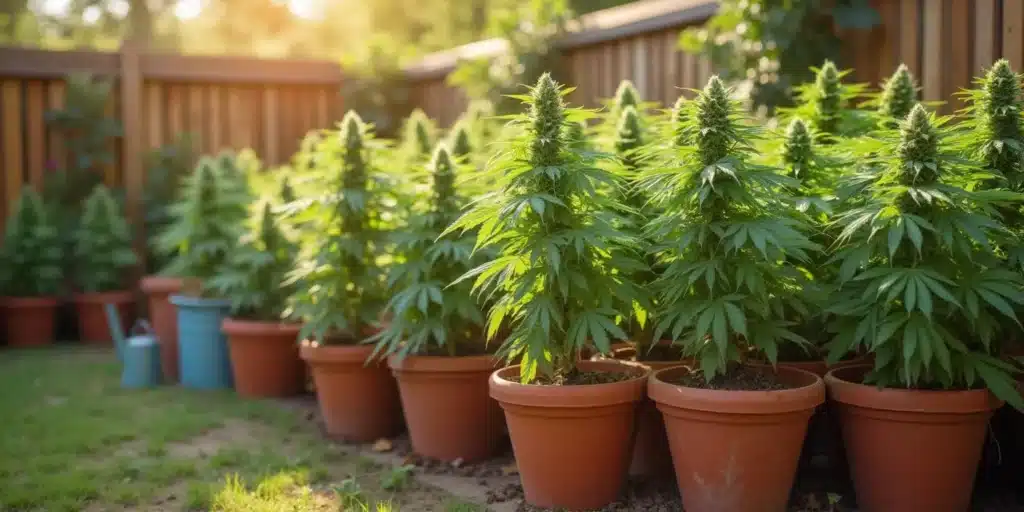
Nutrient Management
Growing weed in pots outdoors requires careful attention to nutrients, as they play a vital part in the growth cycle of cannabis plants. During the vegetative stage, nitrogen is crucial for healthy foliage, while phosphorous and potassium are essential during flowering. Using a balanced fertilizer will help meet the nutrient needs as your plants progress through different growth stages. Observing how your plants respond can help you determine when to adjust nutrient levels and keep them thriving.
Organic fertilizers can also be beneficial. Products like compost teas or worm castings will not only enrich the soil but also enhance growth without risking over-fertilization. It’s amazing how mother nature has equipped us with everything we need to create a thriving garden right in our backyards!
Pest Control for Outdoor Cannabis
Even the best-growing conditions might attract pests. Regularly inspecting your plants is vital in catching any issues early. Common pests include aphids, spider mites, and caterpillars, which can harm your plants if not addressed quickly. Being diligent and proactive can save your plants from significant damage and help you avoid feeling overwhelmed.
Consider using organic pesticides or natural predators, like ladybugs, to keep pests at bay. Companion planting, where you grow plants that deter pests alongside your cannabis, can also be a helpful strategy. You can create an inviting ecosystem in your garden, turning it into a haven for beneficial insects and a nightmare for pests.
Recognizing Plant Health Issues
Often, cannabis plants will exhibit signs if something is wrong. Yellowing leaves may indicate nitrogen deficiency, while brown tips might suggest over-fertilization. Learning to recognize these signs will help you respond promptly to health issues. If you start to notice your plants looking a little off, treat it like a concerned parent checking in on their child’s well-being!
Keeping a growing journal can be beneficial. Documenting growth patterns, watering routines, and any issues will help you track what works best for your plants. Over time, you’ll become more skilled at recognizing the nuances of plant care, building your confidence as a grower.
Harvesting Your Cannabis
Knowing when to harvest is just as essential as the growing process. The pistils or hairs on the buds will change from white to orange as plants mature. Checking the trichomes under a magnifying glass can reveal if they are clear, cloudy, or amber, indicating different levels of potency. It’s like waiting for the perfect fruit to ripen on the vine, timing is everything!
Harvesting should be done on a dry day, ideally in the early morning. This way, the moisture from dew won’t affect the buds. For those growing weed in pots outdoors, it’s important to move the pots to a sheltered area during harvest to avoid unexpected rain. Trim excess leaves and hang the branches upside down in a cool, dark space to dry. This part of the process can be exciting as you’re one step closer to enjoying the fruits of your labor!
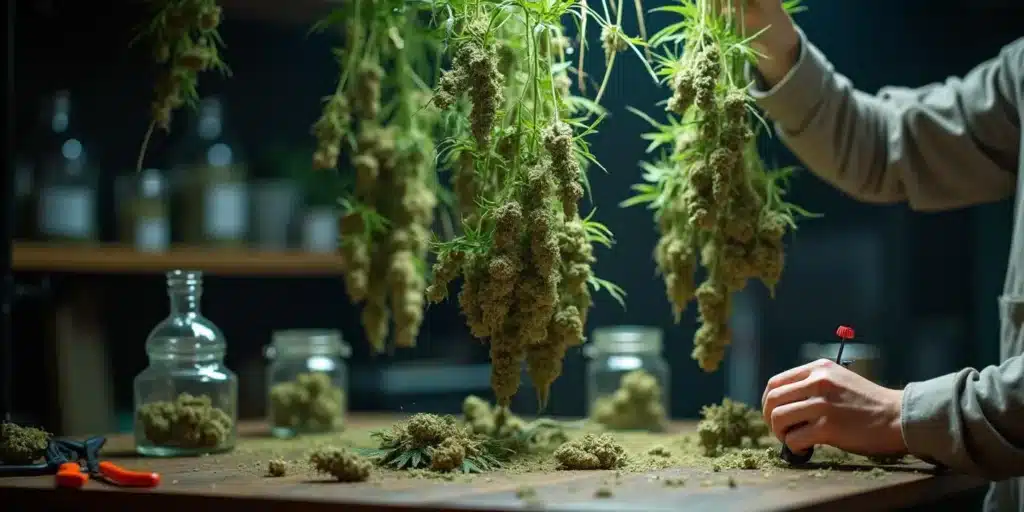
Curing Your Cannabis
Curing is the next step after drying and is crucial for enhancing flavor and potency. Place the dried buds in airtight containers, opening them once a day to release moisture for the first couple of weeks. This practice allows the flavors to develop and mellows out harshness, leading to a smoother experience when you finally enjoy your harvest.
After about four weeks, the buds will reach their optimal flavor and potency, and the curing process can continue for several months if desired. Patience pays off in this phase as a proper cure can greatly improve the final product. Consider inviting friends over for a tasting party once you’ve achieved the perfect cure, they will appreciate the time and effort you’ve invested!
FAQs about Growing weed in pots outdoors
What Size Pot Should I Use for Outdoor Cannabis?
The pot size depends on the strain and your space. For most home growers, a pot size between 5 to 10 gallons is a good choice, allowing for ample root development and nutrient absorption. You may even consider going larger if you have the space for it!
How Often Should I Water My Cannabis Plants?
A general rule is to water when the topsoil feels dry. Depending on factors like temperature and size of the pot, most growers find watering once every few days or once a week works well. Pay attention to the signs your plants give in response to your watering schedule.
What Common Pests Should I Watch For?
Common pests include aphids, thrips, caterpillars, and spider mites. Regular monitoring and implementing preventive measures can help minimize damage. A little routine checkup can save your plants from a lot of trouble!
Can I Use Regular Potting Soil for Cannabis?
While you can use regular potting soil, it’s beneficial to choose a mix specifically tailored for cannabis, as these often contain the right balance of nutrients and organic matter to promote healthy growth. Your plants will appreciate the extra care in selection!
How Do I Know When to Harvest My Cannabis?
When the pistils change color from white to orange, and by checking the trichomes with a magnifying glass, you’ll see them transitioning from clear to cloudy or amber. This is a sign your plants are ready for harvest and undoubtedly a thrilling moment for any grower!


